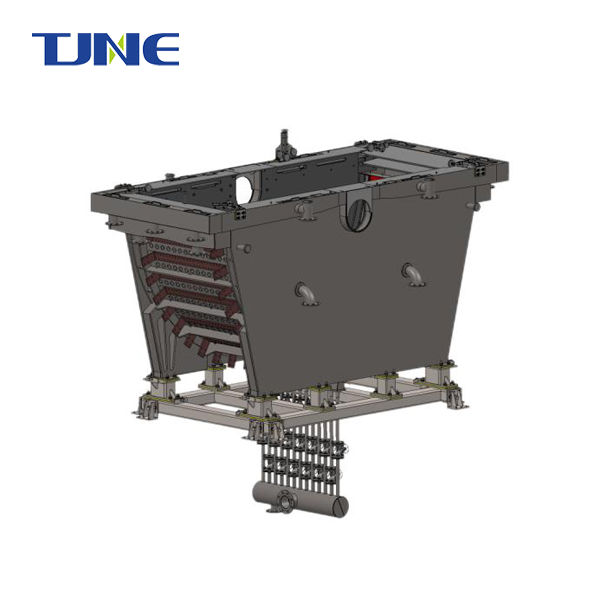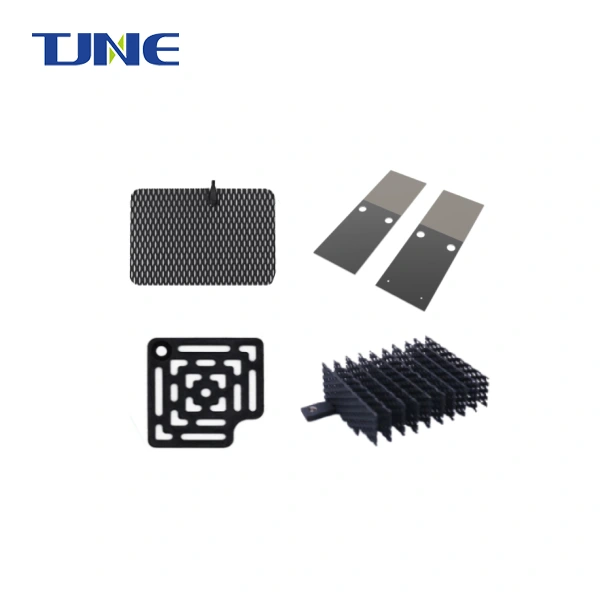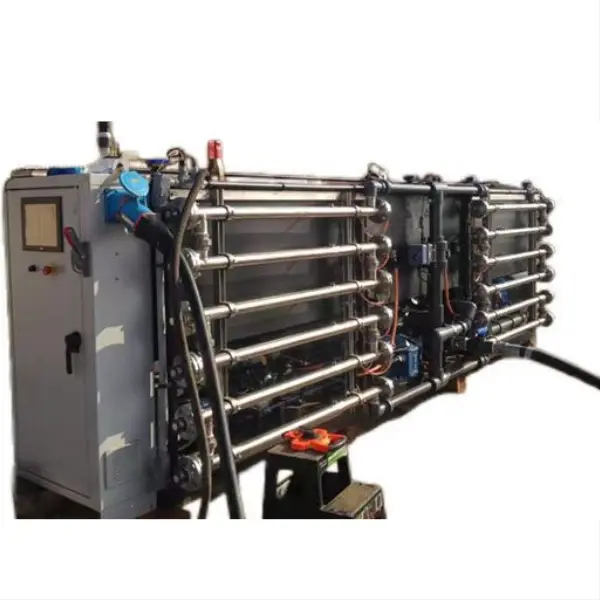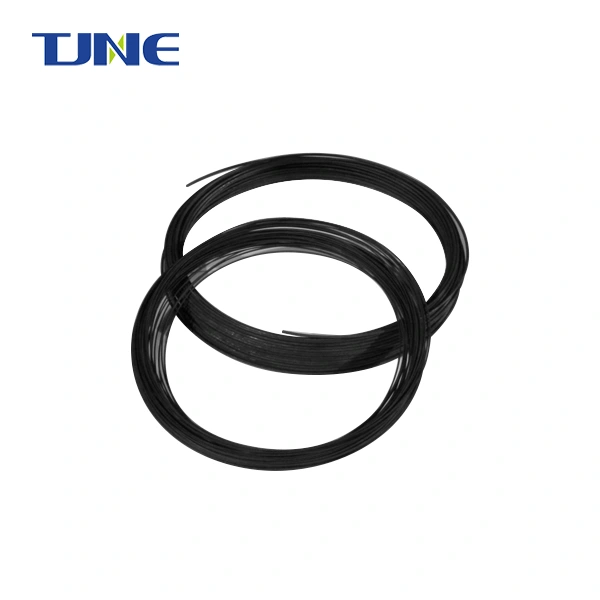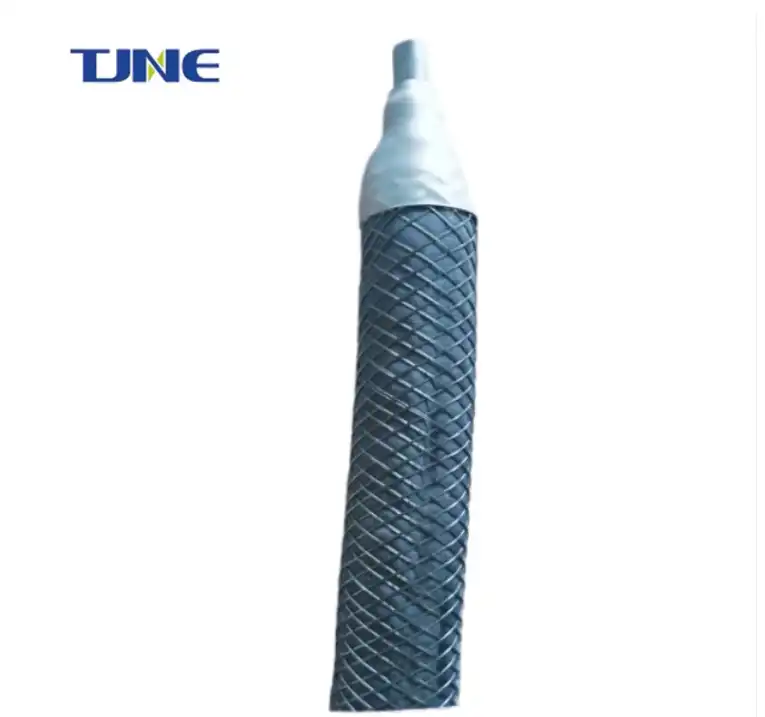- English
- French
- German
- Portuguese
- Spanish
- Russian
- Japanese
- Korean
- Arabic
- Greek
- German
- Turkish
- Italian
- Danish
- Romanian
- Indonesian
- Czech
- Afrikaans
- Swedish
- Polish
- Basque
- Catalan
- Esperanto
- Hindi
- Lao
- Albanian
- Amharic
- Armenian
- Azerbaijani
- Belarusian
- Bengali
- Bosnian
- Bulgarian
- Cebuano
- Chichewa
- Corsican
- Croatian
- Dutch
- Estonian
- Filipino
- Finnish
- Frisian
- Galician
- Georgian
- Gujarati
- Haitian
- Hausa
- Hawaiian
- Hebrew
- Hmong
- Hungarian
- Icelandic
- Igbo
- Javanese
- Kannada
- Kazakh
- Khmer
- Kurdish
- Kyrgyz
- Latin
- Latvian
- Lithuanian
- Luxembou..
- Macedonian
- Malagasy
- Malay
- Malayalam
- Maltese
- Maori
- Marathi
- Mongolian
- Burmese
- Nepali
- Norwegian
- Pashto
- Persian
- Punjabi
- Serbian
- Sesotho
- Sinhala
- Slovak
- Slovenian
- Somali
- Samoan
- Scots Gaelic
- Shona
- Sindhi
- Sundanese
- Swahili
- Tajik
- Tamil
- Telugu
- Thai
- Ukrainian
- Urdu
- Uzbek
- Vietnamese
- Welsh
- Xhosa
- Yiddish
- Yoruba
- Zulu
Iridium Tantalum-coated Titanium Anodes are advanced electrochemical components that play a crucial role in various industrial processes. These anodes are engineered to combine the excellent conductivity of titanium with the exceptional catalytic properties of iridium and the corrosion resistance of tantalum. The result is a highly efficient and durable electrode that finds applications in electrochemistry, water treatment, and metal production industries. In this blog post, we will explore the functionality, advantages, manufacturing process, and industrial applications of these sophisticated anodes.
What are the advantages of using Iridium Tantalum-coated Titanium Anodes?
Iridium Tantalum-coated Titanium Anodes offer a multitude of advantages that make them indispensable in various industrial applications. These benefits stem from the unique combination of materials used in their construction and the synergistic properties they provide.

First and foremost, the use of titanium as the base material provides an excellent foundation for the anode. Titanium is known for its high strength-to-weight ratio, making these anodes both robust and lightweight. This characteristic is particularly valuable in large-scale industrial applications where the weight of equipment can be a significant factor. Additionally, titanium's natural resistance to corrosion in many environments contributes to the overall durability of the anode.
The iridium coating is where the magic truly happens. Iridium is a precious metal belonging to the platinum group, and it possesses exceptional catalytic properties. When used as a coating on titanium anodes, iridium dramatically enhances the electrode's ability to facilitate electrochemical reactions. This catalytic effect is crucial in processes such as chlorine production, water electrolysis, and metal electrowinning. The iridium coating allows for lower overpotentials, which translates to reduced energy consumption and increased process efficiency.
Tantalum, the third component in this tri-metal system, adds another layer of functionality. Tantalum is renowned for its extraordinary resistance to chemical attack, even in highly aggressive environments. By incorporating tantalum into the coating, these anodes gain superior protection against corrosion, particularly in acidic or high-temperature conditions. This enhanced corrosion resistance significantly extends the lifespan of the anodes, reducing the frequency of replacements and associated downtime in industrial operations.
The combination of these three metals results in anodes that offer:
1. Excellent electrical conductivity
2. High catalytic activity
3. Superior corrosion resistance
4. Extended operational lifespan
5. Reduced energy consumption in electrochemical processes
6. Improved product quality in applications such as metal plating
Moreover, the use of Iridium Tantalum-coated Titanium Anodes often leads to a reduction in the overall environmental impact of industrial processes. The increased efficiency and reduced energy consumption translate to lower greenhouse gas emissions. Additionally, the longer lifespan of these anodes means less frequent replacements, reducing waste and the need for raw materials in anode production.
In economic terms, while the initial investment in Iridium Tantalum-coated Titanium Anodes may be higher compared to traditional alternatives, the long-term benefits often result in significant cost savings. The reduced energy consumption, longer operational life, and decreased downtime for maintenance or replacement all contribute to a lower total cost of ownership over the life of the equipment.
How does the coating process for Iridium Tantalum-coated Titanium Anodes work?
The coating process for Iridium Tantalum-coated Titanium Anodes is a sophisticated and carefully controlled procedure that requires precision and expertise. This process is crucial in determining the final properties and performance of the anode. Let's delve into the steps involved in creating these high-performance electrodes.
The process typically begins with the preparation of the titanium substrate. The titanium base must be thoroughly cleaned and prepared to ensure optimal adhesion of the coating. This preparation often involves mechanical cleaning, degreasing, and chemical etching to create a surface profile that enhances coating adhesion.
Once the titanium substrate is prepared, the coating process can begin. There are several methods used for applying the iridium and tantalum coating, with thermal decomposition and electrodeposition being among the most common.
In the thermal decomposition method:
1. A precursor solution containing iridium and tantalum compounds is prepared. These are typically chloride or oxide compounds of the metals.
2. The titanium substrate is dipped into this solution or the solution is applied by brushing or spraying.
3. The coated substrate is then heated to high temperatures, typically between 400°C and 500°C.
4. During heating, the precursor compounds decompose, leaving behind a thin layer of iridium and tantalum oxides on the titanium surface.
5. This process is repeated multiple times to build up the desired coating thickness and composition.
The electrodeposition method, on the other hand, involves:
1. Preparing an electrolyte solution containing iridium and tantalum ions.
2. Immersing the titanium substrate in this solution.
3. Applying an electric current, which causes the iridium and tantalum ions to deposit onto the titanium surface.
4. Carefully controlling the current density, temperature, and deposition time to achieve the desired coating properties.
Regardless of the method used, the coating process is typically followed by a heat treatment step. This annealing process helps to improve the adhesion of the coating to the titanium substrate and can also enhance the catalytic properties of the surface.
The exact ratio of iridium to tantalum in the coating can be adjusted based on the specific requirements of the application. Generally, iridium provides the catalytic activity while tantalum enhances corrosion resistance. Finding the optimal balance between these properties is key to creating anodes that perform well in their intended environment.
Quality control is a critical aspect of the coating process. The coated anodes undergo rigorous testing to ensure they meet the required specifications. This may include tests for coating thickness, adhesion strength, catalytic activity, and corrosion resistance. Advanced analytical techniques such as scanning electron microscopy (SEM) and X-ray diffraction (XRD) may be used to characterize the coating structure and composition.
It's worth noting that the coating process for Iridium Tantalum-coated Titanium Anodes is often proprietary, with manufacturers developing their own specific techniques to optimize performance and reduce costs. Ongoing research in this field continues to refine coating methods, exploring new precursor materials, deposition techniques, and post-treatment processes to further enhance the properties of these anodes.
What industries benefit most from Iridium Tantalum-coated Titanium Anodes?
Iridium Tantalum-coated Titanium Anodes have found applications across a wide range of industries due to their unique properties and performance characteristics. These anodes are particularly valuable in sectors that require efficient electrochemical processes, corrosion resistance, and long-lasting electrode materials. Let's explore some of the key industries that benefit most from these advanced anodes.
1. Chlor-alkali Industry:
The chlor-alkali industry, which produces chlorine, sodium hydroxide, and hydrogen through the electrolysis of brine, is one of the largest consumers of Iridium Tantalum-coated Titanium Anodes. In this application, the anodes are used in membrane cell and diaphragm cell electrolyzers. The high catalytic activity of the iridium coating promotes efficient chlorine evolution, while the corrosion resistance provided by the tantalum helps the anodes withstand the harsh chlorine environment. The use of these anodes has contributed to significant energy savings and increased production efficiency in chlor-alkali plants worldwide.
2. Water Treatment and Wastewater Management:
In the water treatment industry, Iridium Tantalum-coated Titanium Anodes play a crucial role in various electrochemical processes. They are used in electrochlorination systems for disinfection, where they generate chlorine directly from the chloride ions present in water. These anodes are also employed in advanced oxidation processes for the removal of organic contaminants from wastewater. Their ability to operate efficiently at low chloride concentrations and their resistance to fouling make them ideal for these applications.
3. Metal Finishing and Electroplating:
The metal finishing industry benefits greatly from Iridium Tantalum-coated Titanium Anodes. In electroplating processes, these anodes are used to deposit metals onto various substrates. The stable and uniform current distribution provided by these anodes results in high-quality plating finishes. They are particularly valuable in hard chrome plating, where their corrosion resistance allows them to withstand the aggressive chromic acid environment.
4. Mining and Metallurgy:
In the extraction and refining of metals, Iridium Tantalum-coated Titanium Anodes find applications in electrowinning processes. These anodes are used to recover metals such as copper, zinc, and nickel from their solutions. The high catalytic activity of the iridium coating promotes efficient metal deposition, while the corrosion resistance ensures long-term stability in the acidic electrolytes typically used in these processes.
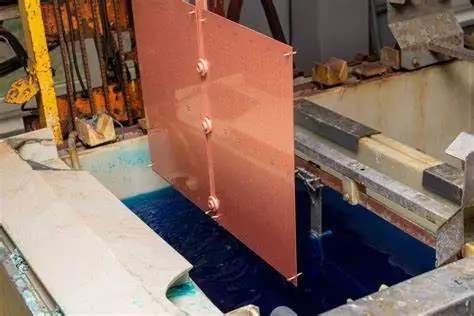
5. Cathodic Protection:
The oil and gas industry, as well as marine applications, benefit from these anodes in cathodic protection systems. These systems are used to prevent corrosion of metal structures such as pipelines, storage tanks, and offshore platforms. The durability and consistent performance of Iridium Tantalum-coated Titanium Anodes make them excellent choices for impressed current cathodic protection systems.
6. Energy Storage and Conversion:
With the growing focus on renewable energy and energy storage, these anodes are finding new applications in technologies such as water electrolysis for hydrogen production and redox flow batteries. Their high catalytic activity and stability make them suitable for the oxygen evolution reaction in these systems.
7. Pharmaceutical and Fine Chemical Production:
In the pharmaceutical and fine chemical industries, Iridium Tantalum-coated Titanium Anodes are used in organic electrosynthesis processes. These electrochemical methods offer more environmentally friendly alternatives to traditional synthetic routes for certain compounds. The anodes' ability to catalyze complex organic reactions while resisting corrosion in organic solvents and electrolytes is particularly valuable in these applications.
The versatility of Iridium Tantalum-coated Titanium Anodes across these diverse industries highlights their importance in modern industrial processes. As technology continues to advance and new applications emerge, these anodes are likely to play an even more significant role in enabling efficient, sustainable, and high-performance electrochemical solutions across various sectors.
In conclusion, Iridium Tantalum-coated Titanium Anodes represent a pinnacle of electrochemical engineering, offering a unique combination of catalytic activity, corrosion resistance, and longevity. Their widespread adoption across multiple industries underscores their importance in driving efficiency, sustainability, and innovation in electrochemical processes. As research continues and new applications emerge, these sophisticated anodes are poised to play an even more crucial role in shaping the future of industrial electrochemistry.
If you are interested in the products of Xi'an Taijin New Energy & Materials Sci-Tech Co., Ltd., please contact yangbo@tjanode.com.
References:
1. Trasatti, S. (2000). Electrocatalysis: understanding the success of DSA®. Electrochimica Acta, 45(15-16), 2377-2385.
2. Chen, R., Trieu, V., Zeradjanin, A. R., & Schuhmann, W. (2019). Iridium-based nanomaterials for electrocatalytic water splitting. Chemical Society Reviews, 48(22), 5425-5471.
3. Comninellis, C., & Chen, G. (Eds.). (2010). Electrochemistry for the Environment. Springer Science & Business Media.
4. Kirsten, D., & Oehr, C. (2017). Titanium-based Anodes: Precious Metal Coatings and Activations. Galvanotechnik, 108(6), 1164-1170.
5. Pillai, K. C., Chung, S. J., & Moon, I. S. (2008). Studies on electrochemical recovery of silver from simulated waste water from Ag (II)/Ag (I) based mediated electrochemical oxidation process. Chemosphere, 73(9), 1505-1511.
6. Kraft, A. (2007). Doped diamond: a compact review on a new, versatile electrode material. International Journal of Electrochemical Science, 2, 355-385.
7. Alves, V. A., da Silva, L. A., & Boodts, J. F. C. (1998). Surface characterisation of IrO2/TiO2/CeO2 electrodes using electrochemical methods. Electrochimica Acta, 44(8-9), 1525-1534.
8. Friedrich, J. M., Ponce-de-León, C., Reade, G. W., & Walsh, F. C. (2004). Reticulated vitreous carbon as an electrode material. Journal of Electroanalytical Chemistry, 561, 203-217.
9. Martínez-Huitle, C. A., & Ferro, S. (2006). Electrochemical oxidation of organic pollutants for the wastewater treatment: direct and indirect processes. Chemical Society Reviews, 35(12), 1324-1340.
10. Papastefanakis, N., Mantzavinos, D., & Katsaounis, A. (2010). DSA electrodes on titanium prepared by thermal decomposition of RuCl3 precursor. Journal of Applied Electrochemistry, 40(4), 729-737.
Related Industry Knowledge
- Revolutionizing Drinking Water Disinfection: The Role of Titanium Electrodes
- Crystal Clear Waters: The Power of Titanium Electrodes in Pool Disinfection
- Electrochemical Innovation: The Role of Iridium-Tantalum Coated Titanium Anodes
- Revolutionizing Industries: The Power of Ruthenium-Iridium Coated Titanium Anodes
- The Power of Splitting Water: An In-Depth Look at Alkaline Water Electrolyzers
- Crystal Clear Waters: Revolutionizing Pool Disinfection with Titanium Electrodes
- Purifying the Seas: The Role of Titanium Electrodes in Ballast Water Treatment






